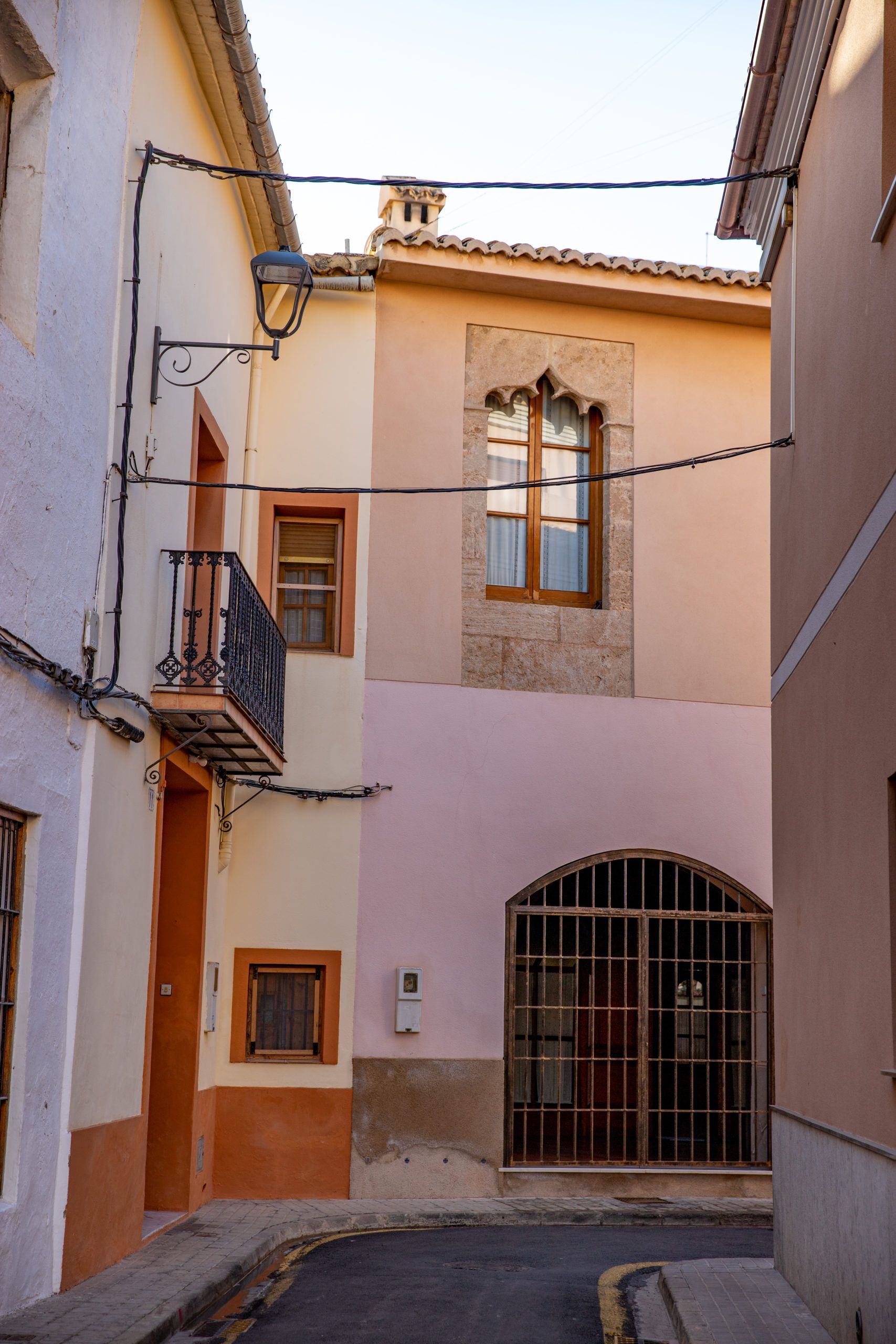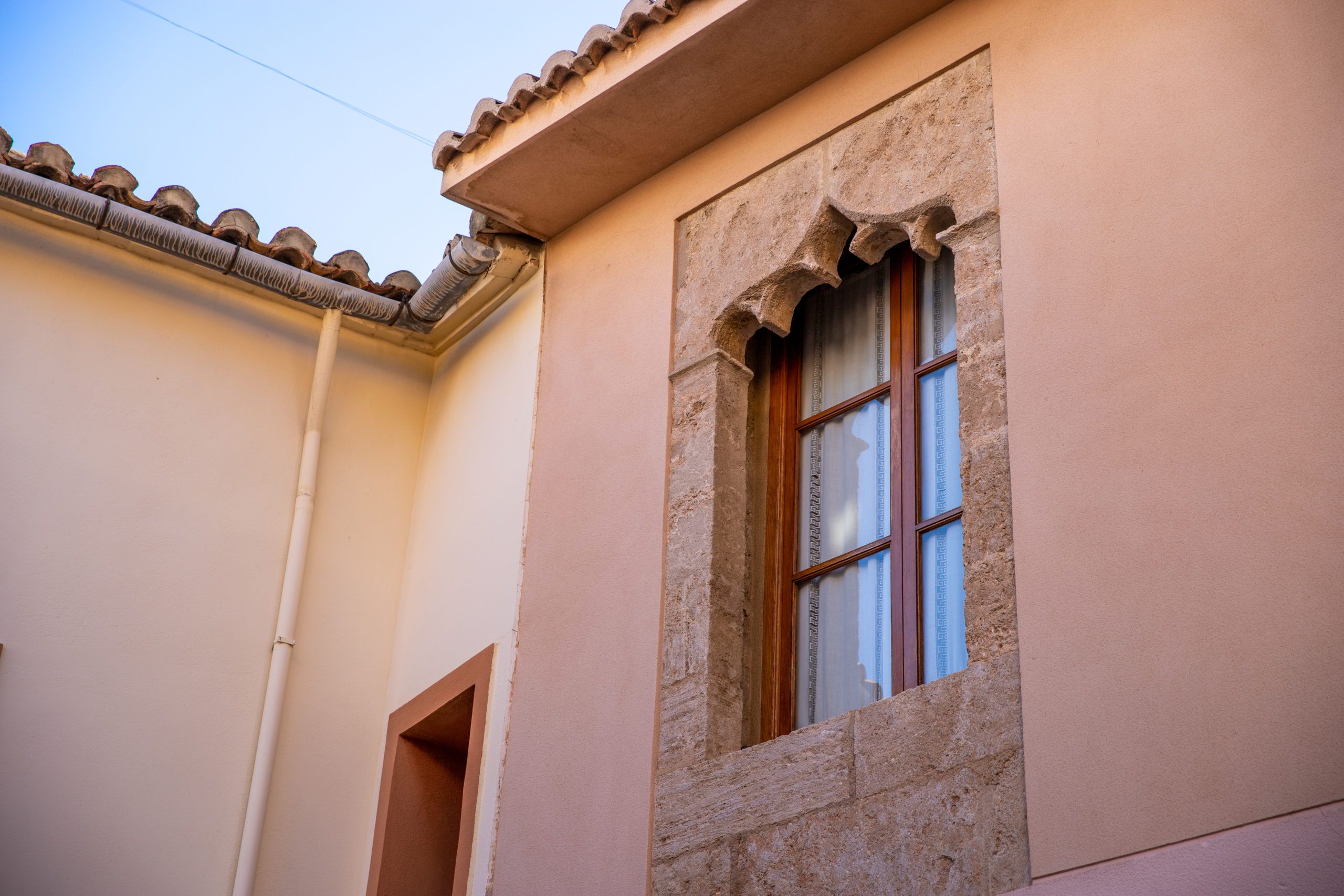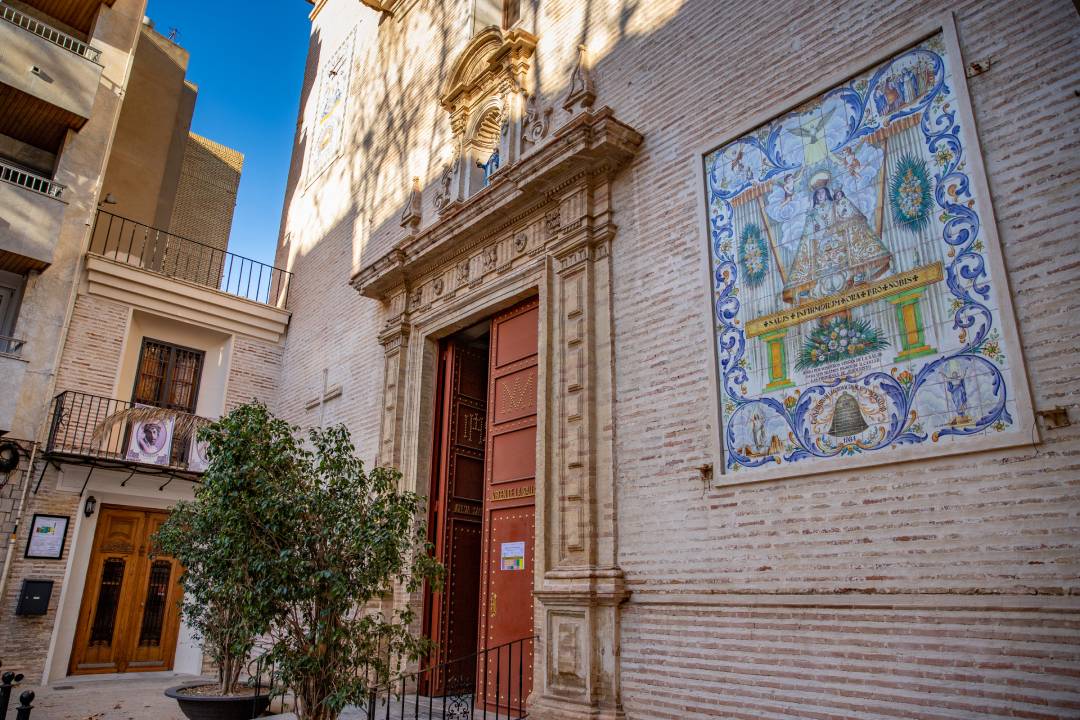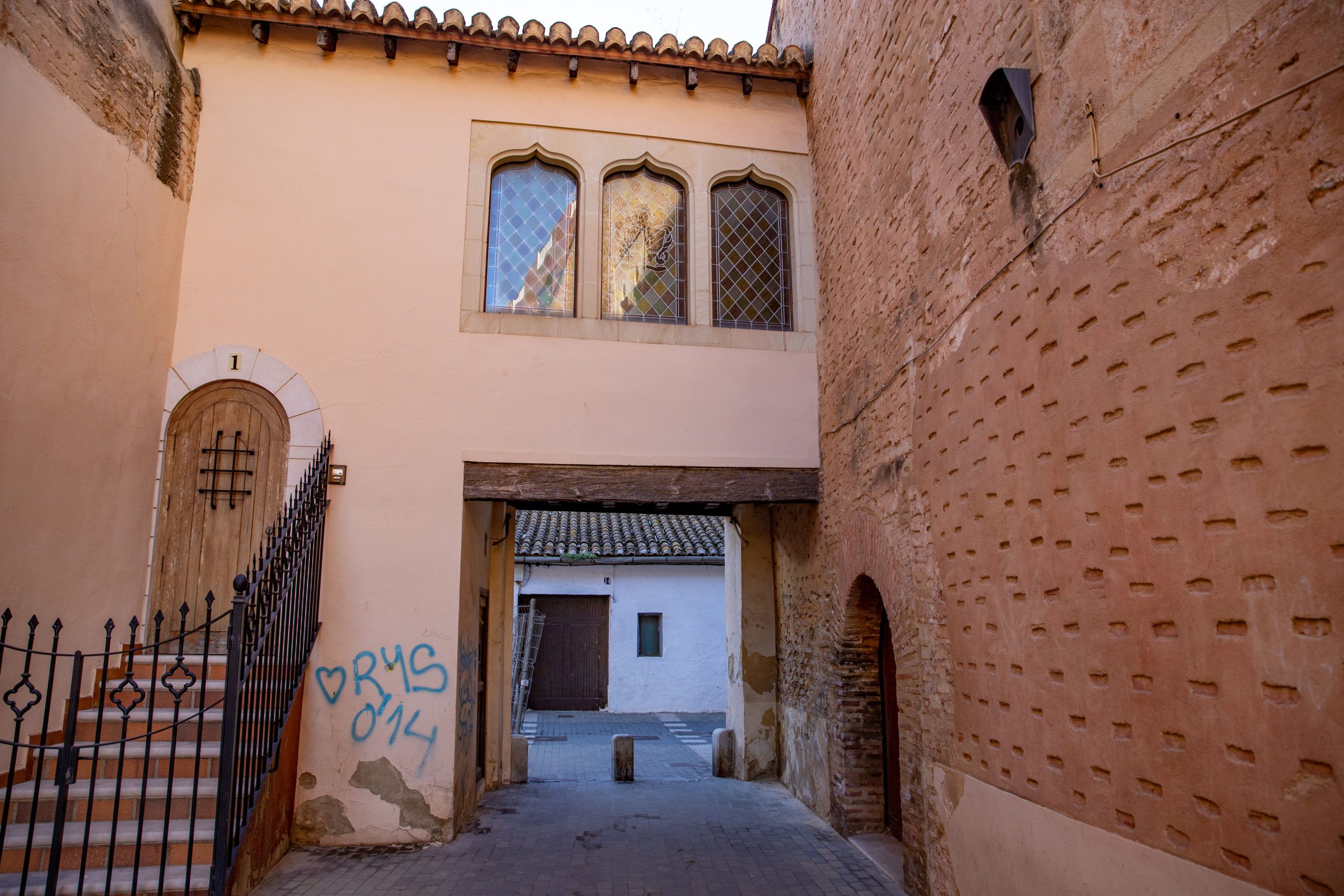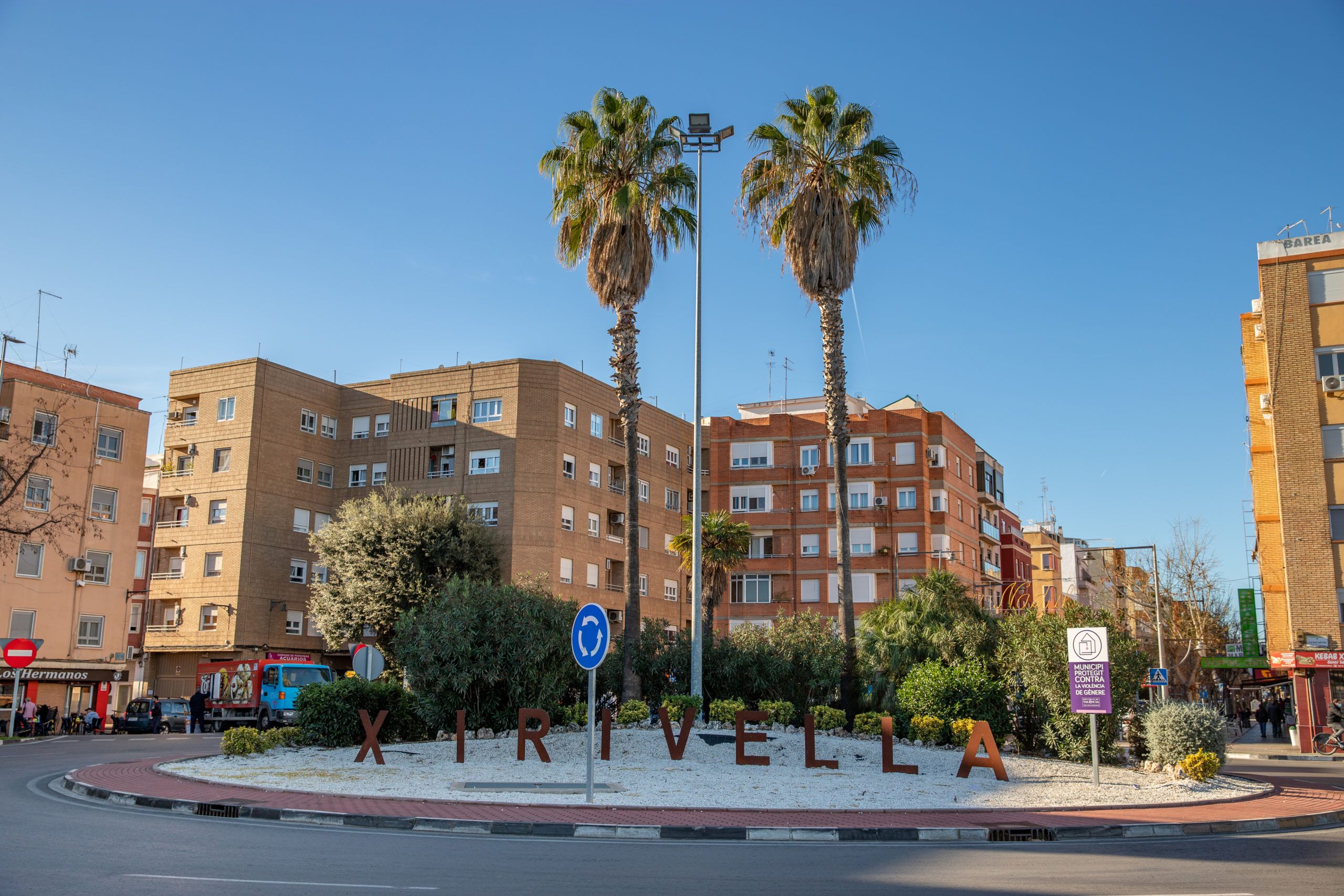Xirivella
Our village is located on the fertile land of “Pla de Quart”, between the River Turia and the Chiva ravine. Xirivella is a municipality of more than 31,000 inhabitants that is lies adjacent to the city of Valencia, separated only by the new River Turia riverbed. In fact, one of its neighbourhoods, “La Luz”, was located in the capital on the left bank of the river following the implementation of the “Plan Sur” project.
Gastronomy:
The local cuisine includes many notable dishes made with rice, including paella and “arròs amb fessols i naps” (rice with beans and turnip). Xirvella also produces sausages, such as “botiffares de ceba” and botiffares en oli”. Xirivella’s most notable sweets include “coques de sagí”, “coques cristines” and “rotllets d´anís”.
Places of interest:
- The old part of the town retains its Arabic layout, with narrow streets in which old houses can still be seen.
- Church of Our Lady of Health (Església de la Verge de la Salut): the only parish church until 1953, it dates from the late 17th century. It has a Latin cross layout. The building has a bell tower and side chapels. It retains décor from the period of its construction, together with more recent works.
- Hermitage of Our Lady of Health (Ermita de la Verge de la Salut): it was built in the location where it has traditionally been said that the effigy which gives name to the Hermitage was found. According to tradition, it was found by six potters at the time of the “reconquest”. Upon hearing the village bells, they also heard bells ringing underground. After digging, they found the effigy of Our Lady lying under a bell. Legend has it that one of the potters mocked the devotion of his companions, and was struck blind immediately. Given that, after begging for forgiveness, he recovered his sight, the effigy was dedicated to the patronage of Our Lady of Health.
- La Closa: a 19th century building located in the old “Cap de Baix” and restored during the 2000s.
- Casa del Dau: a 14th century building where rents where paid to the Order of Calatrava. It has been restored.
- Tithe House (“Casa del Delme”): it was built in the 14th century, and demolished in the 2000s, and which was located in Plaza de Iglesia. It was here that the villagers paid tithes on crops.
- Alquería del Castillo (Alqueria del Castell): this old farmstead is situated in Plaza del Marqués de Llanera. Currently in ruins, it occupies the same site as a Roman villa, many of materials of which were reused in its construction.
Festivities:
Main Festivities. The main festivities are held during the first fortnight in September, in honour of Our Lady of Health and the Christ of Light. On the night of 7th September, the “Night of the Figs” (“Nit de les Figues”) is held, during which the villagers dine and enjoy the festivities in the street all night.
“Fallas”. As in Valencia and nearby localities, “Las Fallas” are celebrated between 15th and 19th March.
Saint Vincent Ferrer.

